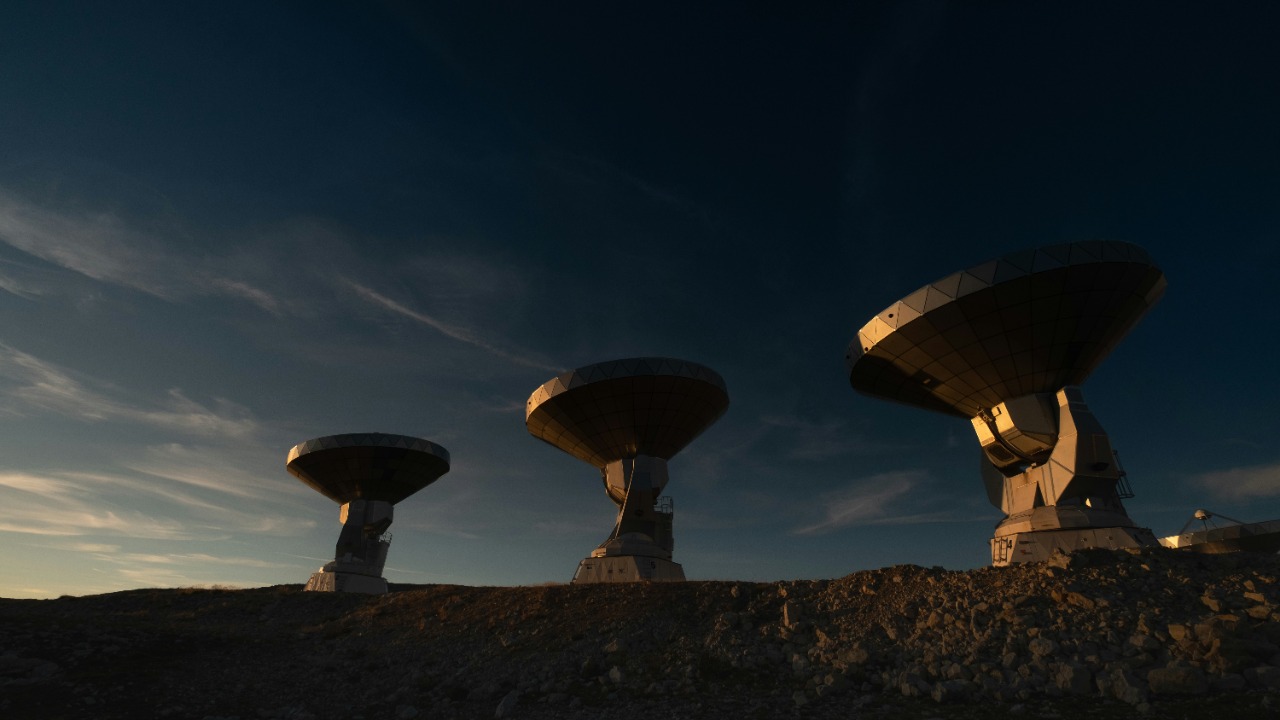
Imagine a world where extraterrestrial beings are not just a figment of science fiction, but a reality living among us. A recent study from Harvard University suggests this could be the case, proposing that aliens might already be inhabiting Earth, either disguised as humans or hidden underground. This unconventional hypothesis, which emerged in mid-2024, challenges traditional views on alien contact and aims to broaden scientific inquiry into potential non-human intelligences coexisting with us.
The Origins of the Harvard Study
Harvard University’s ongoing interest in unidentified aerial phenomena (UAP) has led to the development of this intriguing study. The researchers propose that extraterrestrial beings might be integrated into human society without detection. This paper, released in June 2024, addresses gaps in conventional extraterrestrial search efforts and introduces a novel angle of Earth-based alien presence, distinct from space-based hypotheses. The study has gained significant attention due to its unique approach and provocative claims.
Core Hypothesis: Aliens Disguised as Humans
The study posits that aliens could be living among us “disguised as humans,” blending seamlessly into everyday life to avoid discovery. This idea stems from interpretations of UAP sightings where advanced technology suggests intelligent operators already on Earth rather than visitors from afar. Supporting angles include cultural and anecdotal reports of anomalous human-like entities that align with the disguise concept.
Evidence for a Hidden UFO Civilization
Harvard scientists argue for a “secret UFO civilization” potentially existing underground or in remote areas, coexisting with humanity since ancient times. The study references historical and modern UAP data to support the notion that such a civilization could explain unexplained aerial sightings without interstellar travel. Specific examples from global reports of UAP activity are cited to illustrate patterns consistent with an established Earth presence.
Implications for UAP Investigations
The hypothesis reframes UAP as potential signs of local alien activity, urging scientists to consider terrestrial hiding spots over distant origins. It proposes that government and academic efforts should expand to include searches for hidden bases or disguised entities on Earth. Broader angles involve linking UAP to folklore and unexplained phenomena that might indicate long-term alien integration.
Scientific and Public Reactions
Reactions to the Harvard study in 2024 media emphasized its bold claims, with outlets debating the plausibility of aliens already here on Earth. Experts from various fields have weighed in, some praising the study’s interdisciplinary approach while others call for more empirical data. Public discourse, amplified by viral coverage, explores how this could reshape perceptions of extraterrestrial life beyond traditional SETI methods.
Future Directions in Alien Research
The study advocates for new protocols in UAP research, including ground-based surveys for hidden civilizations or disguised beings. It connects to ongoing Harvard initiatives, suggesting collaborative efforts with global scientists to test Earth-alien coexistence theories. Long-term implications include potential policy changes for disclosure and exploration if evidence of on-Earth aliens emerges. As we continue to explore the vast expanse of the universe, it seems we may also need to pay closer attention to the mysteries that lie closer to home.
More from MorningOverview